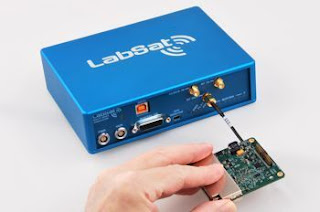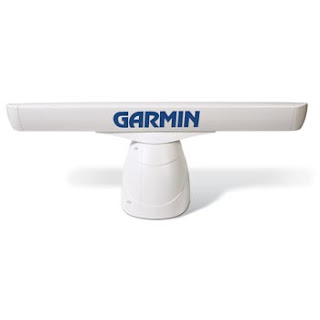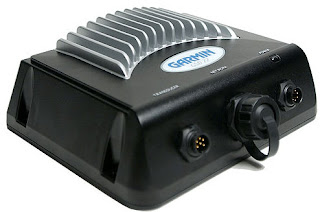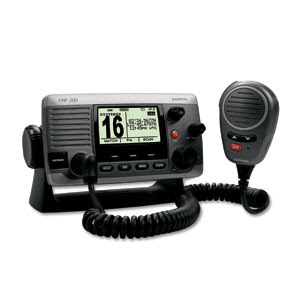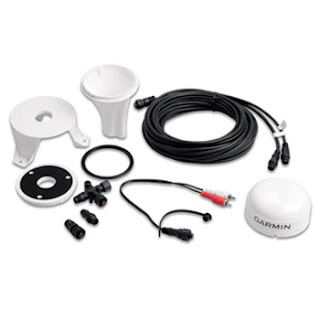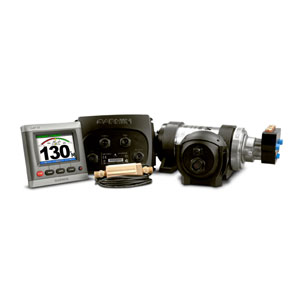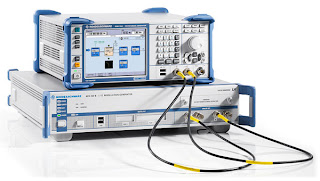LabSat is a Global Navigation Satellite Systems (GNSS) simulator which connects directly to the antenna input of a GNSS engine and simulates the signals associated with navigation using GPS / GLONASS satellites. Is there a way to fully test GNSS products without leaving the lab?This allows you to carry out many useful (and highly repeatable) tests without leaving the office, saving hours of effort.
LabSat is now used in several industries. For example, Nokia and Blackberry use LabSat for testing smartphones; Mercedes Benz, Bosch and Continental use it to test in-car navigation solutions whilst Northropp Grumman (makers of the B-2 Stealth bomber) and BAE systems use LabSat to test the latest defence technology.LabSat by Racelogic is a low cost GPS Simulator (with Glonass option) which gives you the ability to record and replay real GNSS RF data as well as user generated scenarios.
LabSat is rugged and can be used in harsh environments. It is very portable (LabSat 1 measures 170mm x 128mm x 38mm whilst LabSat 2 is 170mm x 123mm x 46mm) and is supplied with a mains power supply and an automotive 12v adapter. There is also the option of a high capacity battery pack. The RF output power level is adjustable over a 32dB range in 0.5dB steps.
Could different testing methods save you development time and bring your products to market sooner?The data for the simulation is either gathered in the field using the RF recording function, or using the SatGen Software. To record real world data, LabSat simply connects to your PC via USB, and the raw signals from a GPS / GLONASS antenna are streamed directly to hard disk. There are no limitations on the number of satellites being tracked or the length of the recording.
Racelogic, designers of high accuracy GPS data loggers for automotive testing, were looking for a better way to test their products. They found that neither live sky nor GPS simulation were good enough. The dynamic nature of satellite constellations meant field tests were time intensive and not repeatable, whilst modelling satellite signals was expensive and couldn’t reproduce real conditions.
With nothing else available on the market, they decided to design something that could record live GNSS signals and replay these into devices under test, offering the blend of realism and repeatability that they needed at an affordable price.If you are selling, testing or developing products incorporating GPS or GNSS engines, then you'll find LabSat makes your job easier and more effective.
So, in 2008 LabSat was developed, with the ability to record raw GPS RF signals from a live antenna to be replayed at a later date. Users could now easily record a journey and replay this on the bench with identical results.Racelogic then added the ability to create a scenario from scratch, and soon had five units in constant use. From the positive feedback of their R&D engineers, it was clear that LabSat could be helpful to other companies developing GNSS products, at a lower cost than anything else available.
The signal which is recorded is the normal civilian L1 1575.42 MHz type GPS transmission. This is the same signal used in GPS enabled cell phones, Satellite Navigation Devices, asset tracking units and many more. LabSat 2 is also able to record the GLONASS-L1 transmission at the same time with 2-bit sampling, and can also record either GPS or Glonass alone with 4-bit sampling. Replay real world data.
When the data is replayed, your GPS/GLONASS engine will faithfully re-create the movement and satellite reception encountered during the test, including all original multipath, satellite obstructions and atmospheric effects.LabSat units are supplied in a custom padded flight case with a mains power supply, 12v cigar lighter adapter, USB cable, serial cable, various RF connectors to adapt to the target GPS engine, a 250GByte USB disk (36 hours recording using LabSat 1) with pre-loaded scenarios, LabSat control software and a printed manual.
In addition to the RF output, there is an event marker function which is accurate to 62nS and a 1 PPS (1 pulse per second) output. Due to the nature of the signals, LabSat data files are usually very large, requiring 1GB of data for 8m 45s of recording. Therefore LabSat units are supplied with a rugged, portable 250GB USB drive (500GB for Labsat 2). This contains a number of pre-recorded scenarios, and can be used for streaming your own recordings.
LabSat has the unique ability to synchronise with the video from a Racelogic Video VBOX, enabling you to record live video and then replay it, synchronised with the GPS data, and shown as a graphical overlay on the video. Find out more.Additional modules allow the logging and replay of external signals such as serial RS232/422/485 signals, CAN and analogue signals.We supply a remote control OLE application, which means you can fully control LabSat from your own application written in another language. We have sample drivers written in C#, Delphi and LabVIEW.

LabSat is based on brand new USB streaming technology, which has meant that the majority of work in reproducing GPS and GLONASS signals is handled by a standard laptop PC, vastly reducing the complexity and therefore the cost of the hardware.Not only are the cost savings significant, but LabSat includes some powerful features which are either normally only available on top of the range GNSS simulators. Other features are totally unique; for example synchronised video and serial data record/replay and selectable 2 or 4 bit sampling.
LabSat is the most affordable, full constellation GNSS simulator range on the market, making GPS and GLONASS Test and Simulation accessible for any company involved in GNSS design, test or production.LabSat is very repeatable and works with almost any kind of GNSS, including survey grade engines.With high fidelity 2 or 4 bit sampling, LabSat 2 is ideal for testing GPS and GLONASS receiver sensitivity.
Notable companies now using LabSat include Garmin, Nokia, RIM (Blackberry Smartphone), ST Ericsson, Telefonica, Thales Aerospace, Bosch, Siemens, BMW, Daimler Chrysler, Fujitsu, Broadcom, General Motors, Delphi,Raytheon, Denso, Nav N Go, Seiko Epson and Samsung.
LabSat is designed and manufactured by Racelogic Ltd.,experts in the field of GNSS Testing, Simulation, and data logging. Based in the UK with additional offices in Germany, Racelogic are an ISO 9001 company that supplies specialised GPS and GLONASS based test equipment to many well known corporations in over 80 countries. In 2007 Racelogic were awarded the Queen's Award for Enterprise.

